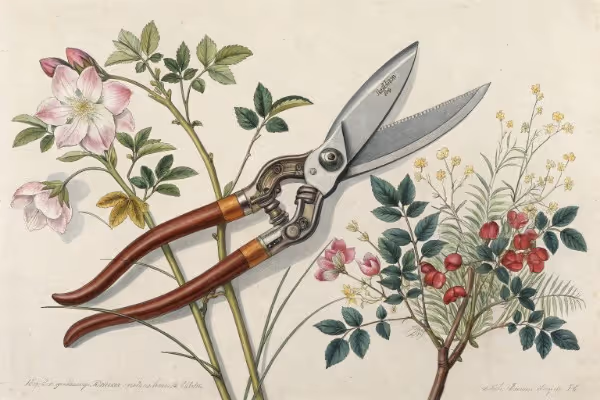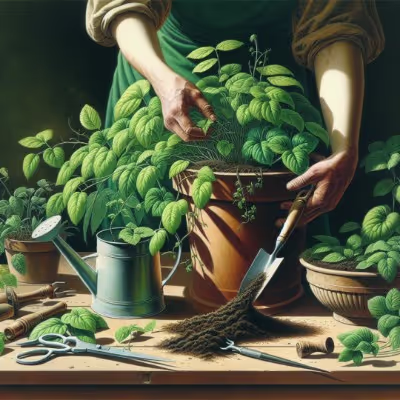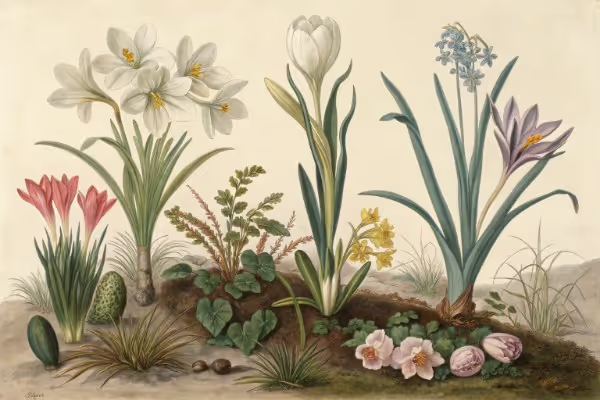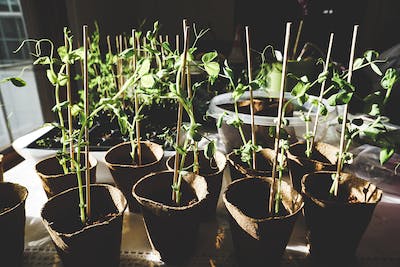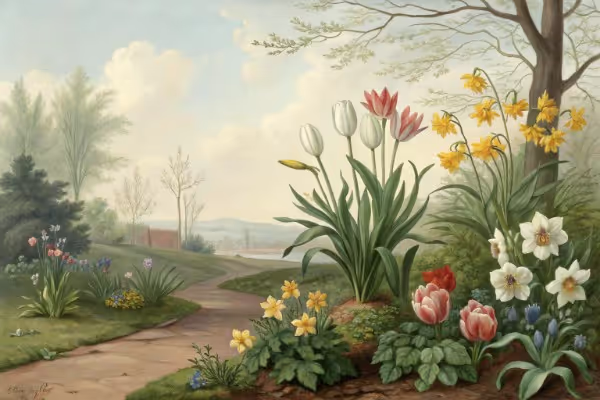Endangered Plants: Protecting Nature's Fragile Heritage
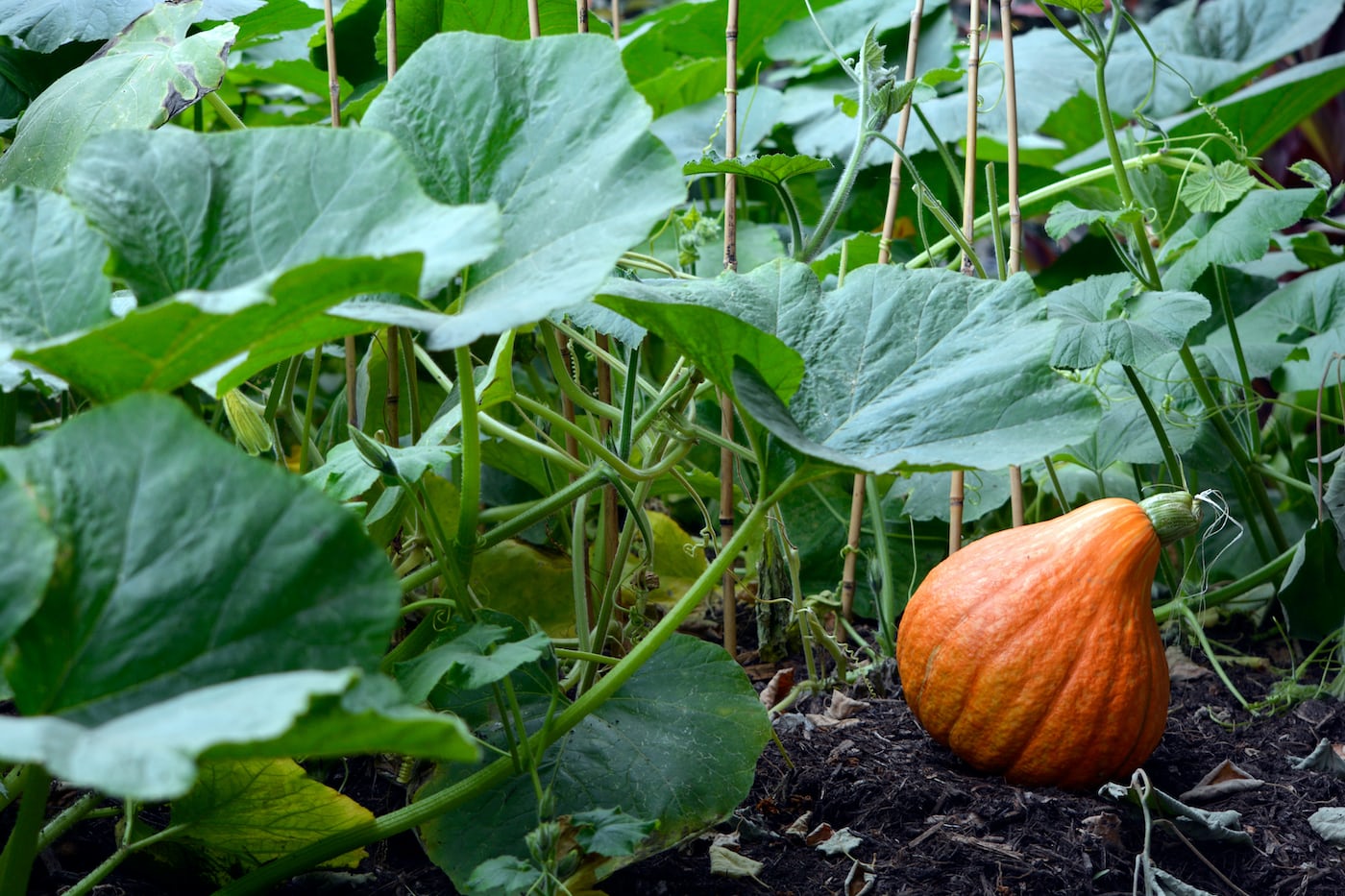
Endangered Plants
Planting endangered plants in your garden preserves biodiversity, supports fragile ecosystems, and cultivates ecological balance. Over 30% of Earth's plant species face extinction, threatening food security, medicine, and habitat stability. Growing endangered plants fosters connection to nature's rarest gems—read on to discover how your garden can become a sanctuary for species on the brink.
Cheatsheet: Saving Rare Plants at Home & Beyond
🌱 Endangered Plants Matter
- 40% of plant species may vanish soon (Kew 2020).
- Loss affects food supply, medicine, climate.
- Key for pollinators and healthy ecosystems.
🛠 Tools and Products You’ll Need
- Native seeds or plugs from reputable sources
- Clean trowel & gloves
- Organic compost, mulch
- Labeling sticks for species
- Watering can or drip hose
- Plant ID guide
➕ Steps to Grow & Protect
- Pick Species: Choose native endangered plants suited to your zone (USDA/EU hardiness).
- Prep Site: Remove invasives. Test soil pH & nutrients. Add compost; mulch lightly.
- Plant: Follow supplier depth/spacing. Water gently after planting.
- Monitor: Weed by hand. Water in droughts. Stop pests organically (neem, barriers).
- Document: Track growth, bloom, wildlife visits. Report rare sightings to local experts.
- Share: Teach neighbors, donate seed, join local native plant groups.
🍃 Protect Beyond Your Garden
- Buy products that avoid habitat destruction.
- Support botanical gardens & plant rescue projects.
- Advocate for habitat protection in your area.
🌾 Food, Health, Self-Sufficiency
- Wild crops offer drought/disease resistance for future food needs.
- Medicinal species treat illness & supply new drugs.
- Restoring native plants boosts pollinator services for gardens.
Endangered Plants: Protecting Nature's Fragile Heritage
Why gardeners hold the line
Endangered Plants are not rare collectibles to chase, they are living genetic libraries and quiet engineers of soil, water, and pollinator life.
Gardens can buffer edges of fragmented habitats, grow clean seed, and keep local genetics alive across fences and generations.
“Two in five plant species are estimated to be threatened with extinction.” Kew, State of the World’s Plants and Fungi 2020
I have watched a backyard patch of nursery-grown Dionaea muscipula pull kids into science, then pull parents into local bog restoration meetings.
Curiosity scales faster than funding if we seed it in our neighborhoods.
Field notes from the edge
I once flagged a small roadside colony of prairie milkweed with the county crew, secured written permission, collected a single mature pod in October, and raised 30 seedlings under 50 percent shade cloth.
Half went back as plugs in spring after a 1 inch or 25 mm rain, and the rest became a seed increase bed behind my shed.
Another season I split a 20 year clump of nursery-propagated Trillium at soil temp 50 to 55 F or 10 to 13 C, then mapped bloom phenology to share with our state heritage botanist.
Small, verified data points help managers time burns and invasive pulls.
Lawful and ethical by default
- CITES: Many orchids, cacti, and tree species require permits for trade across borders, even if nursery grown.
- Laws at home: State and provincial lists often protect plants on public or private land, and the Lacey Act in the U.S. bars trade in illegally taken plants.
- Paper trail: Ask vendors for propagation statements, origin labels, and any permits, then keep receipts with plant tags.
- Never wild collect: Unless you hold written authorization for a defined conservation project, leave wild plants and seed in place.
The ethical sourcing playbook
- Buy nursery-propagated material from botanical garden sales, conservation-grade native nurseries, and partners of the Center for Plant Conservation.
- Prefer tissue-cultured carnivorous plants and orchids, which takes pressure off wild populations.
- For trees with threatened relatives, choose disease-screened, locally adapted stock from reputable forestry nurseries.
- Use the plant sale season to pre-order hard-to-find natives, then request provenance data within your ecoregion.
Propagation that supports conservation
Cold stratification: Many temperate species need 60 to 120 days at 34 to 41 F or 1 to 5 C to break dormancy, sealed in moist medium to avoid desiccation.
Scarification: Thicken-seeded legumes respond to 10 to 30 seconds of sandpaper abrasion or 160 to 180 F or 70 to 80 C water soak until seeds swell.
Smoke cues: Fire-followers germinate after exposure to smoke compounds called karrikins, available as smoke water or paper for trays.
Cuttings over seed: For slow seeding shrubs, softwood cuttings under high humidity with 0.3 to 0.8 percent IBA rooting hormone reduce seed harvest pressure.
Mycorrhizae matter: Many orchids need fungal partners to germinate, which is why home sowing often fails without lab help.
Buy nursery plants that were symbiotically raised and keep their potting media microbes intact at transplant.
Design microhabitats that rare plants recognize
- Drainage: Scree beds with 40 to 60 percent mineral aggregate mimic cliff and glade conditions and shed winter wet.
- Low-phosphorus soils: Serpentine and bog specialists crash in rich mixes, so target soil P under 10 ppm and top dress with pine fines, not compost.
- Light windows: Gap specialists flourish with 3 to 5 hours of high-angle sun and dappled afternoon shade, measured near 200 to 600 µmol m−2 s−1 at midday.
- Seasonal water: For coastal plain and prairie pothole flora, engineer shallow basins that hold 1 to 3 inches or 2.5 to 7.5 cm in spring then dry by midsummer.
Keystones and surrogates that carry the load
When a listed species cannot be grown legally or responsibly, use a congener or guild-mate that feeds the same insects and occupies a similar niche.
- Milkweeds: If Asclepias meadii is off limits, plant A. tuberosa on dry sites or A. incarnata in wet swales for monarchs and specialist bees.
- Pitcher plants: Skip wild forms of Sarracenia oreophila and install tissue-cultured Sarracenia hybrids to educate and support native flies.
- Gentians: In areas with protected coastal gentians, grow locally native Sabatia species from nursery seed to serve the same pollinator guilds.
- Trillium: Choose nursery-divided clumps of region-appropriate species and avoid untagged wild-dug bulbs.
- Tree diversity: In ash decline regions, add locally native oaks and willows which host hundreds of caterpillar species that feed birds.
Ten practical actions that move the needle
- Replace 20 percent of lawn with native plant beds and a no-spray buffer.
- Plant at least five species that bloom in each season to feed pollinators from April through October or from 10 to 20 C seasonal ramp.
- Join your state native plant society and volunteer in seed cleaning or invasive pulls.
- Record bloom and fruiting dates for target species and share with local herbaria or natural heritage programs.
- Quarantine new plants for 2 to 4 weeks to prevent hitchhiker pests and pathogens.
- Install a rain gauge and only irrigate when the top 2 inches or 5 cm are dry to cut root disease in sensitive species.
- Use leaf litter and pine needles as mulch to feed fungi and ground beetles, not dyed wood chips.
- Label beds with provenance, source, and year planted for future gardeners.
- Support prescribed fire programs and learn smoke-safe germination for local fire flora.
- Budget yearly for a few conservation-grade purchases instead of mass impulse buys.
Shopping checklist for conservation-minded gardeners
- Cold stratification bins with tight lids and a fridge thermometer.
- Smoke paper or smoke water for fire-cued seed.
- Shade cloth at 30 to 50 percent for gentle hardening-off.
- Rooting hormone with IBA, labeled in percent concentration.
- Soil test kit for pH and phosphorus, plus a simple light meter.
- Seed envelopes with glassine windows and archival labels.
- Memberships to a botanical garden and native plant society to access vetted plant sales.
“About 75 percent of global food crop types rely to some degree on animal pollination.” FAO, Pollination Services
Trade, poaching, and your choices
Over-collection has hammered wild orchids, cycads, dudleyas, and many succulents, with plant poaching rings treating cliffs like warehouses.
Your receipt for a tissue-cultured plant starves that market while keeping the story alive in your yard.
“Thirty percent of the world’s tree species are threatened with extinction.” BGCI, State of the World’s Trees
Ex situ and in situ, working together
Seed banks store biodiversity at scale, often at -4 F or -20 C with silica-dried seed, while living collections keep lineages adaptable.
I share garden-grown seed of common natives with local projects so rare wild seed can stay on the plant.
Climate pressure, local action
As heat rises and frost windows compress, I place range-edge natives in the coolest bed and shift moisture lovers to where downspouts spill first.
Trial three small plantings before scaling up to spare budgets and rare stock.
Short answers to frequent questions
- Can I grow federally listed species at home? Only with proper permits and a legal source, which most home gardeners will not have.
- What certifications matter? Written assurance of nursery propagation, partnerships with accredited gardens, and compliance with state and CITES rules.
- Are cultivar selections OK? For conservation, use straight species with local genetics; for education, named forms are fine if ethically produced.
- How do I keep genetics clean? Avoid planting close congeners if you aim to produce seed for conservation to prevent unwanted hybridization.
Quotes and sources I trust in practice
- Kew, State of the World’s Plants and Fungi 2020, on extinction risk and research gaps.
- IUCN Red List assessments for legal status and distribution maps.
- BGCI Global Tree Assessment for tree threat levels and recovery notes.
- FAO reports on pollination and food security to connect garden choices to food webs.
- Center for Plant Conservation and state natural heritage programs for propagation and sourcing guidance.
- CITES appendices for trade restrictions on orchids, cacti, cycads, and timber species.

Want smarter plant choices? 🪴
Frequently Asked Questions about Endangered Plants
Why should gardeners care about endangered plant species?
Every endangered plant species speaks volumes about biodiversity, embedding itself in ecosystems that sustain life. Preserving these botanical treasures bolsters ecological balance, genetic diversity, and long-term food security for humans and wildlife alike.
How can home gardeners assist in protecting endangered plants?
Garden enthusiasts can champion preservation by consciously planting native or at-risk flora. Cultivating such rare species within private gardens sparks small-scale sanctuaries, actively combating habitat loss, and inspiring community awareness.
Can my small garden really impact endangered plant conservation?
Absolutely. Each garden acts as a quiet act of rebellion against mass extinction—small, intentional actions compound dramatically. Planting endangered natives creates vital corridors for pollinators and other wildlife, amplifying conservation beyond property lines.
Are there ethical considerations regarding cultivating endangered plant species at home?
Certainly. Responsible gardeners source endangered plants only from reputable nurseries practicing sustainable propagation. Wild collection harms natural populations—garden ethically, planting only propagated specimens, championing preservation instead of exploitation.
What role do endangered plants play in traditional human cultures?
Endangered plants often intertwine deeply with human cultural heritage, acting as carriers of ancient medicinal knowledge, culinary traditions, and spiritual practices. Losing these plants severs ties to millennia-old wisdom that enriches human experience.
How do endangered botanical varieties matter to local wildlife?
Endangered plants frequently provide specialized habitats, food sources, or nesting materials essential to wildlife. Preserving these plants safeguards the interdependent web of life, ensuring ecosystem resilience and species survival.
Endangered plants aren’t just rare—they’re the living archives of our planet’s story. Each one lost takes a piece of our shared heritage with it. By choosing to grow, support, and champion these vulnerable species, we help keep nature’s balance intact. Even simple acts—like planting rare houseplants or learning more through gardening classes—can make a difference. The future of endangered plants sits in our hands, in every seed sown and every mindful choice we make in our gardens. Protecting them isn’t about nostalgia—it’s about respect for life’s wild, stubborn persistence. Let’s give these plants a fighting chance to thrive, not just survive.
Health Benefits of Endangered Plants: Nature's Rare Remedies
Potent Medicinal Properties
Over 70% of endangered plant species contain active compounds valuable in traditional medicine, yet remain understudied scientifically. Pacific yew, source of cancer-fighting taxol, illustrates medicinal potential from endangered species.
Nutritional Value from Rare Flora
- Amaranthus pumilus (Seabeach Amaranth): Rich in protein, vitamins A, C, and calcium; edible seeds enhance nutrition in limited diets.
- Pouteria splendens: Fruit provides antioxidants, vitamins, and minerals; supports immune health.
Sustainable Cultivation at Home
- Harvest seeds ethically from conservation-approved suppliers.
- Use standard propagation trays and peat-free compost for germinating at 68°F (20°C).
- Grow indoors under grow lights or outdoors in raised beds with protective netting to safely cultivate endangered edible plants.
Self-Sufficiency and Responsible Stewardship
Cultivating endangered plants at home increases biodiversity and personal resilience, reduces reliance on commercial medicine, supplements nutrition, and contributes directly to conservation efforts.
Legal and Ethical Considerations
- Always verify protected status and permit requirements through local environmental agencies before cultivation or collection.
Find out which plants will thrive in your garden!
Answer a few fun questions and get custom plant recommendations perfect for your space. Let’s grow something amazing together!

start your season
